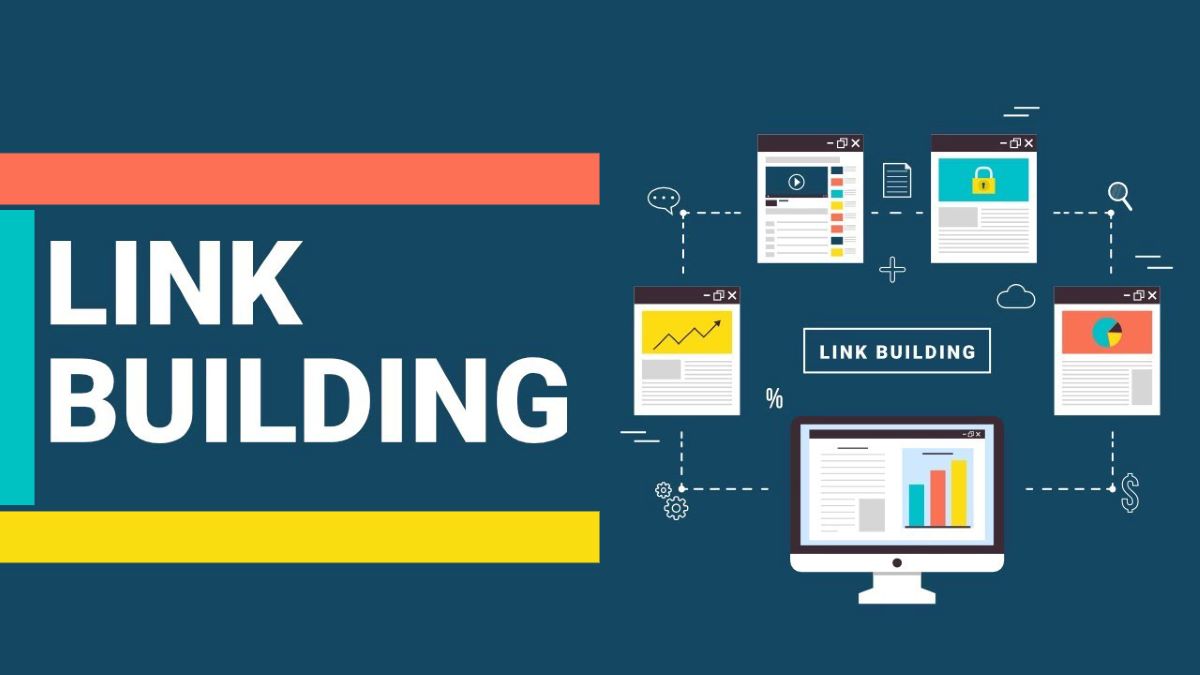One of the tasks where small businesses can take the final step over the cliff of Google penalties or the great move towards organic traffic is link building. Today, we’ll examine the safe and efficient use of Link Building by small businesses.
SEO and link building
For most small businesses, creating reliable, trustworthy links to their website is the most challenging aspect of SEO.
All of these tasks are manageable for a small firm and, to a certain extent, are mechanical tasks that can be performed “In-Company.” Keyword research, on-page optimization, local SEO, and even web design to improve navigability are all possible. Increasing your authority, though, through effective link-building? Not a whole lot.
Although the value of links is obvious, the information provided by Google is meaningless. In addition to being instructed to “ensure that other websites connect to yours,” we are also advised to “avoid link building as it might do more harm than good.” What then should a tiny firm do?
I’ll briefly discuss why links affect results in this article before outlining a straightforward link-building plan. The objective is to aid small businesses in developing authority and focusing on business search terms that are relevant to them.
Although there is still a creative component required, my objective is to offer a straightforward method that small businesses may adopt to increase their online visibility and influence.
In 2022, will links to your website still matter?
If you haven’t already, I recommend reading the search engine ranking factors as an excellent place to start when optimising your website for Google.
The top two ranking variables continue to be domain-level link characteristics and page-level link characteristics. The aspects that are directly within your control are far simpler to find than factors related to keywords and content, which are not far behind. You should also take into account a few more elements for your neighbourhood business, which fall under the category of “local SEO”.
Address, appointments, consistent naps, and Google My Business However, links are still second in importance only to on-page signals, despite being much more challenging to obtain.
Penalties, spam, and the calibre of links
I really don’t want to go on about this, but given the benefits of search engine visibility, there were soon people unjustly using reverse engineering to climb Google’s rankings, so when Google updated its algorithms to “catch” (us), punishments and all sorts of issues for “seocheaters” appeared.
I’m not sure if Google has fully fixed this issue yet, but concentrating on the value and relevancy of the links you create is essential to the long-term success of your online business.
This entails creating genuine links from genuine websites that provide genuine search results and are visited by genuine individuals. Understand it?
Regional SEO
For the majority of small businesses, local SEO is the cornerstone of organic visibility. With the introduction of numerous small business SEO company using Google My Business and Adwords Express advertising, the market has become increasingly competitive.
The fight for visibility in searches that we have already discussed in this blog, which makes up a significant portion of transactional searches, is currently being waged at the local level by small businesses using local SEO. At the end of the month, that means “pasta in the pocket” for the neighbourhood small business.
I encourage you to read this other piece, Local SEO in 2019 –
Ways to Eat Your Competition, where I go into more detail about this subject.
Optimizing the page
On-page optimization is comparable to tweaking and tightening your website’s optimization’s nuts and bolts.
If your company is local, this optimization will essentially meet all of your needs for local SEO. You must ensure that your domain-level and page-level optimization are optimised to maximum outcomes if your scope is somewhat broader or you cover a greater geographic area.
A smart place to begin is with Google’s own SEO guide. The document describes site structure, urls, page titles, meta descriptions, and navigation optimization. Although it was first released in 2008, the information it contains is still sufficient for a small local firm.
Utilize current resources and connections
Many tiny enterprises merely require a few top-notch links. Are there linkages to your service providers? Do you have connections to businesses that are relevant to your industry? From authoritative directories like Yelp or the Yellow Pages? From websites or directories that are specific to your industry?
Your business team might have some excellent suggestions for where you could gain links, so gather in your office and quickly brainstorm this.
